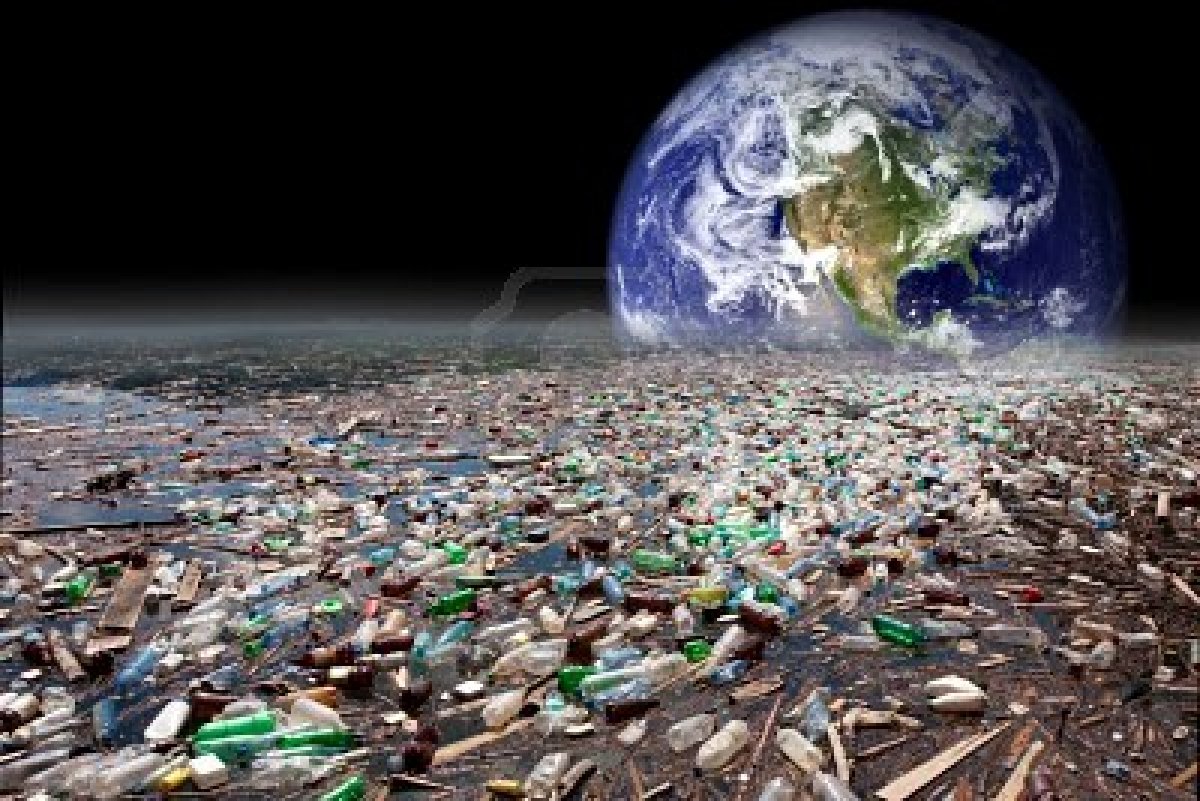
The warm and salty Southwest Madagascar Coastal Current influences upwelling that supports rich marine ecosystems along the southern coast.

Peruvian archaeologists armed with drones have discovered more than 50 new examples of these mysterious desert monuments in adjacent Palpa province.
A tear opens up in Kenya's Rift Valley. Geologists say it will - in a few million years - lead to the continent splitting in two.

Scientists have debated the presence of a plume for years, and if one does exist, it would explain the heat that bubbles to the surface in the park.

If the Moon has enough water, and if it's reasonably convenient to access, future explorers might be able to use it as a resource.

While scientists have been aware of the Earth’s humming since 1959, with more definitive research emerging in 1998, the source of the sounds remains a mystery.

Astronomers think that Earth is showered by 'anti-electrons' because of pulsars, but there are more of these particles coming at us than there should be.

New research has revealed why the oldest water in the ocean in the North Pacific has remained trapped in a shadow zone around 2km below the sea surface for over 1000 years.

According to a new analysis, the number of undiscovered and potentially-hazardous asteroids is lower than previously thought.

30 years on ozone hole healing is proving painfully slow. New discoveries about chemicals not covered by the Montreal protocol are raising fears that full recovery could be postponed into the 22nd century — or possibly even prevented altogether.

Tropical Storm Ophelia poised to tie a hurricane season record more than a century old.

A team of scientists from US scientists have proposed a bold idea for protecting Earth against solar flare activity - placing a giant magnetic shield in orbit.

The current earthquake swarm around the Yellowstone supervolcano is now the longest ever recorded. The swarm started June 12, and over the past three or so months, around 2,500 earthquakes have been recorded so far.

Could the building blocks for life on Earth have been delivered by meteorites crashing into ponds of water 4 billion years ago?

The researchers argue they have uncovered evidence that there was life on Earth more than 3.95 billion years ago—on a planet that isn’t much more than 4.5 billion years old itself.